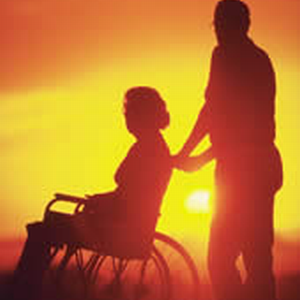There is currently no cure for multiple sclerosis, however there is treatment to modify the disease course, treat attacks, relapses, and flare ups, manage symptoms, improve function, and provide support. These treatments will help to improve the quality of life for people living with MS.
Medication
Disease modifying medications can help reduce the frequency and severity of attacks, reduce the accumulation of lesions on the brain and spinal cord, slow down disability. They are taken mostly for a long term period of time and are the best defense to slow down the course of MS. They come in the form of both pills and injections. There are six that are currently FDA approved; Avonex, Betaseron, Copaxone, Rebif, Tysabri, and Novantrone.
Rehabilitation
The goal of rehabilitation is to improve and maintain function. From the time of diagnosis onward, rehab specialists provide education and treatment designed to promote good health and general conditioning, reduce fatigue, and help you feel and function at your best—at home and at work. Types of Rehabilitation Therapies include physical therapy, occupational therapy therapy for speech and swallowing problems, cognitive rehabilitation, and vocational rehabilitation. For more information you can visit one of the many Multiple Sclerosis Rehabilitation centers.
Complementary and alternative medicine

Complementary and alternative medicine (CAM) includes a variety of interventions—from exercise and dietary supplements to stress management strategies, biofeedback, and acupuncture. These therapies—which come from many different disciplines and traditions—are generally considered to be outside the realm of conventional medicine. When used in combination with conventional medicine, they are referred to as “complementary;” when used instead of conventional medicine, they are referred to as “alternative.” In the United States today, approximately 75% of people with MS use one form or another of CAM, generally in combination with their prescribed MS treatments.




